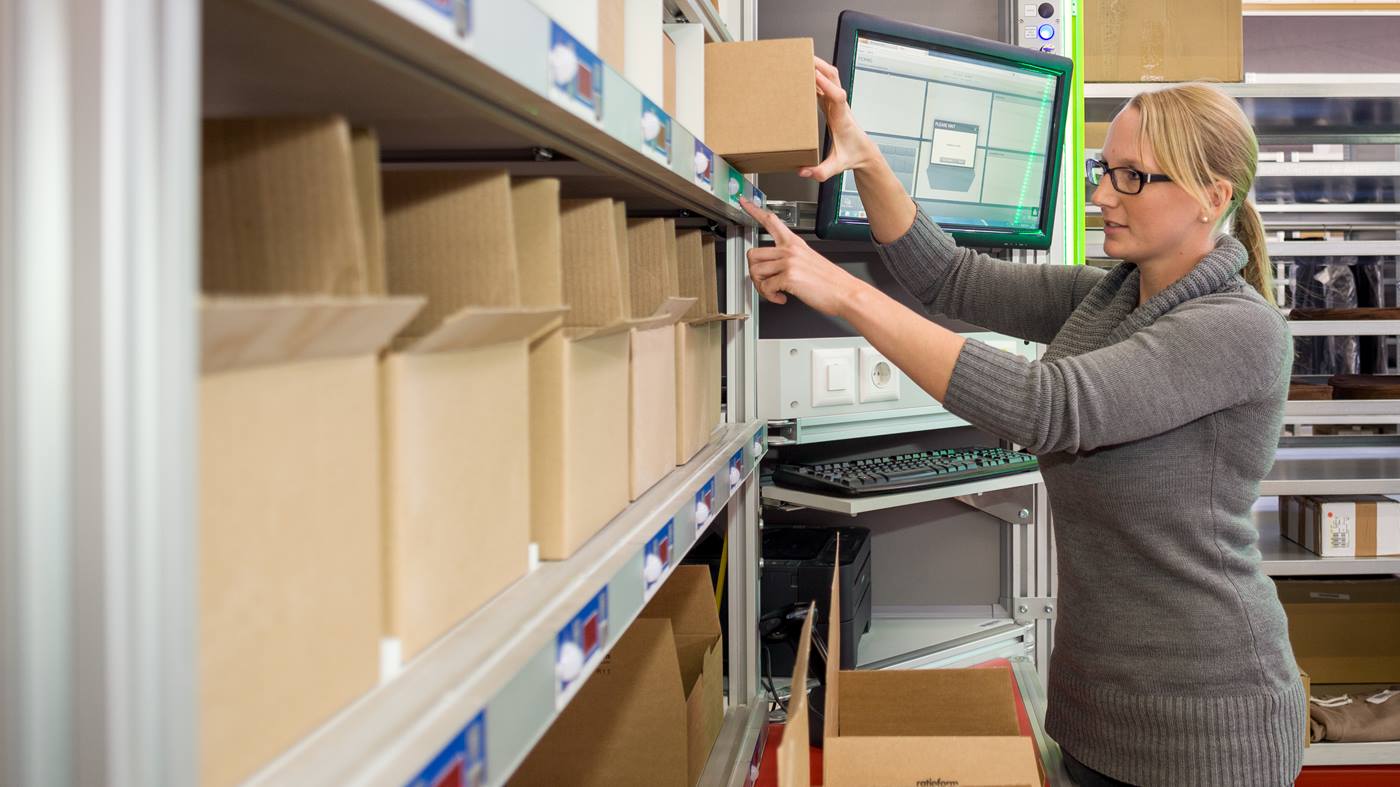The hidden costs of delaying warehouse automation decisions

Are you including the cost of inaction in warehouse automation decisions?
The costs to a particular business of deciding to live with manual processes rather than automating are often dependent on whether the business is operating in a growing or stagnant industry—but they always exist. Businesses in static, slow-growth industries may rationalize that there is little or no cost to doing nothing, yet the already higher costs of inefficient manual processes will only increase as will the cost of maintaining service levels in a tight labor market.
Businesses in fast growing industries, on the other hand, typically need to increase efficiency and expand capacity to keep pace with market growth and protect or grow market share. In these cases, the reason for inaction is often competition with other areas of the business that are impacted by growth. It may seem prudent to invest in marketing over distribution, for example, but a thorough examination of hidden costs may reveal investments in warehouse automation will do more to enable sustained growth.
The costs are probably easiest to justify in businesses experiencing rapid growth as this is typically accompanied by the need for more inventory and more SKUs. Order picking grows progressively more time-consuming and difficult to manage and the business may need to acquire surplus warehouse capacity even though existing warehouse space is not being used efficiently.
Finding the costs of doing nothing
Factoring the cost of inaction into the business case for warehouse automation requires a consideration of some of the less obvious benefits of warehouse automation as well as the costs to the business of not automating.
In terms of costs, questions such as:
- Can current processes meet current market requirements for speed and accuracy?
- How will inaction affect market share?
- Do I have enough space in my facility to cater increased inventory and new products?
- Do we have the distribution capacity to meet growth projections?
These are questions that can fuel the evaluation of hidden costs.
Other questions to ask include:
- How much will automation reduce our cost per order?
- Are there markets we are not competitive in because of warehouse and distribution limitations?
- Are we getting all we can from our distribution assets?
- What impact would faster, more reliable service have on customer satisfaction and retention?
Decisions about investing in warehouse automation are fully informed only when the cost of doing nothing is weighed against the cost to automate and modernize. Remember that a business that isn’t moving forward is essentially moving backward because it is losing ground to more aggressive competitors.

Swisslog has a methodology for developing a business case for automation that includes accurate projections on improvements in productivity, order cycle times and storage density as well as an analysis of the hidden costs of inaction. We’ve also published a white paper, The Hidden Costs of Doing Nothing, that explores this important topic in more detail. To access the white paper, download here.

Learn how to ensure your warehouse automation project's success by defining requirements, designing solutions, and agreeing on the business case early. Engage the right partner from the start to build












